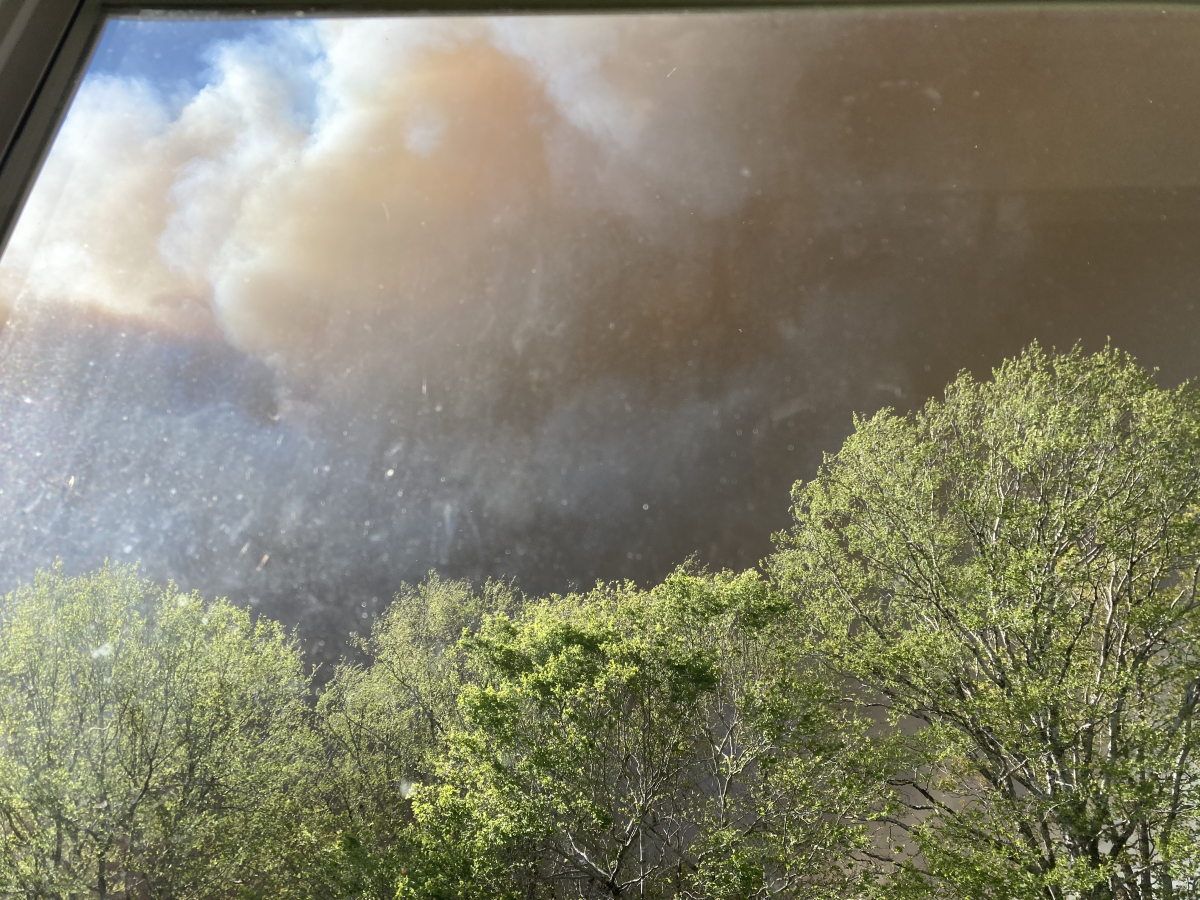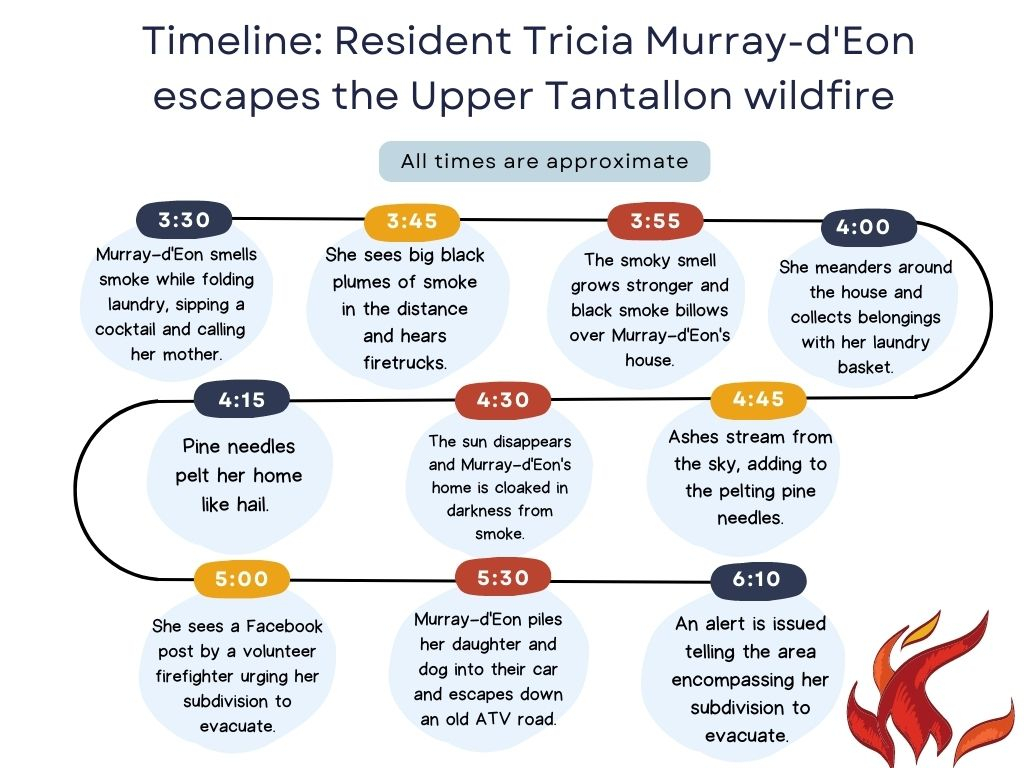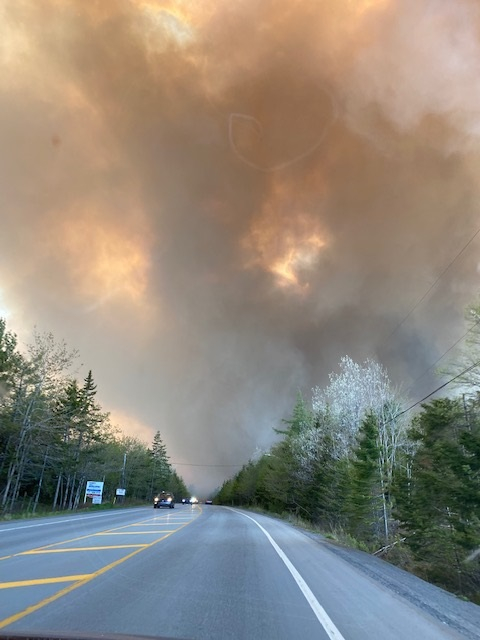Support strong Canadian climate journalism for 2025
A private company that owns Canada’s weather and disaster alert system was recently granted a three-year broadcasting licence renewal, sidestepping the opportunity for public input.
Pelmorex received an administrative licence renewal Aug. 8 for its system — publicly known as Alert Ready — by the Canadian Radio-television and Telecommunications Commission (CRTC), with no public consultation.
The extension was granted despite a spate of complaints this summer about delayed or missed alerts during extreme weather events, some of which had devastating consequences for the communities where they occurred.
The only reason given by the CRTC for choosing an administrative renewal is to allow time for the commission to update its policies following Broadcasting Act amendments related to the implementation of the new Online Streaming Act in April.
But this choice comes at a time when emergency alerts are more important than ever. Disasters such as fires and floods are happening more frequently due to human-caused climate change and one-in-a-1,000-year weather events continue to shatter expectations.

A saga of record-breaking climate disasters has revealed cracks in the country’s alert system that have adversely affected some of the lives of Canadians who need it the most.
Recently, in West Hants, N.S., about an hour northwest of Halifax, it took nearly two hours for an emergency flood alert to be sent out, despite urgent requests to move quickly from first responders, according to a report from The Globe and Mail. Four people died in the July flash flooding, including two children.
Two months earlier, the alert system again was too late to warn residents of a devastating wildfire less than an hour away in Hammonds Plains, N.S., leading to an ad hoc evacuation effort resident Marion Gillespie described as a “shitshow.”

The Upper Tantallon wildfire destroyed 151 homes, including a two-storey house belonging to Tricia Murray-d’Eon, one of Gillespie’s neighbours.
Now, Gillespie and Murray-d’Eon are among Canadians calling for improvements to the Alert Ready warning system. They said their primary concern is the lack of speed and urgency of alerts during life-threatening situations.
“No one’s saying, ‘People's lives are at risk here. People's homes are being burnt to the ground… We need to send this alert out regardless of what the ramifications are,’” Murray-d’Eon said.

Martin Bélanger, director of public alerting at Pelmorex Corp, said Pelmorex is not responsible for the timing of alerts, only the technology used to issue them.
The company offers training to authorized users of the NAAD System on how to issue alerts through Alert Ready. This training is provided at the request of the authority issuing the alerts, and is focused solely on the mechanics of the system, Bélanger added.
"It is the purview and responsibility of the authorized issuer that has access to the Alert Ready System to determine the content of an alert and to decide when or where to issue the alert."
According to a statement by the CRTC, its decision to administratively renew Pelmorex’s licence doesn’t mean it’s going to ignore substantial issues related to the alert system. It just means they will be addressed at a later date.
“When the CRTC launches the review of Pelmorex’s licences, all interested parties will have an opportunity to share their views,” Paul Clusiau, media relations for the CRTC, said in an email.
The recent relentless devastation in Nova Scotia adds to a laundry list of instances when bureaucracy, lack of communication and lack of training within Canada’s public alerting system has failed the public since it began broadcasting wireless alerts in 2018.
In 2022, warnings of a derecho, an extremely powerful thunderstorm, in Ontario and Québec reached people slowly and prompted federal Environment Minister Steven Guilbeault to ponder whether there needed to be better co-ordination between governments and communities to reach people who need more information about potential disasters.
The CRTC does not define what constitutes grounds for an administrative renewal or when or if policy dictates one can be issued. It only says it continues to request reports with recommendations from Pelmorex on how the system can be improved and anyone concerned with Pelmorex’s operation of the system can file a complaint with the CRTC.
“We continue to collaborate with … stakeholders, including Public Safety Canada, to bring improvements to the system,” the CRTC said in an email.

How a five-year licence morphed into eight
The last time Pelmorex applied to renew its broadcasting licence — which allows Pelmorex to operate Alert Ready, as well as The Weather Network and MétéoMédia — was in 2018. It was the second time the alert system was included in the licence renewal process since it launched in 2010.
After the application was submitted, the CRTC notified the public a hearing would be held on the renewal. Anyone wishing to intervene had eight months to submit their letters of support or objection.
More than 13,000 interventions were received by the commission. The overwhelming majority supported Alert Ready or pertained to The Weather Network. But some raised important questions about technical issues with Alert Ready, pointing to problems during public tests, and the makeup of the governance council that oversees the alert system, which some felt was ineffective and too narrow in its scope.

Taking public input into account, the CRTC in Aug. 2018 granted Pelmorex a five-year licence renewal, two years less than the company requested. The commission stated a five-year renewal would “allow for a timelier reassessment” of factors, including the operation of the Alert Ready system.
Pelmorex’s licence expires Aug. 31. But instead of allowing public input, the CRTC has delayed the due process experts say is crucial if changes are to be made to a seemingly fractured system.
The best system is the only system
Pelmorex’s ownership of Alert Ready raises questions about having a crucial life-saving alert system controlled by a powerful monopoly, according to experts.
At its core, Alert Ready stands out from government-run alert systems in other countries, like Australia or the United States.
It is highly unusual to have a privately owned system, said Michael Hallowes, a public warning systems expert and a key figure in helping build Australia’s alert program.
“Every other country has ownership of the alerting platform within a government agency or emergency service because that gives you the ability to direct and your governance model therefore follows that,” Hallowes told the Climate Disaster Project.
He said because Pelmorex runs the alert system and chairs the governance council, it also controls decisions about improvements.

Jon Festinger, an adjunct professor at the Peter A. Allard School of Law at the University of British Columbia, questioned why the Competition Bureau of Canada has never looked into Pelmorex as a monopoly.
“The CRTC is handing out, effectively, a monopoly licence that adds to someone's profit. Not like that can't be done or is never done, but I'm not sure there's a huge amount of awareness of that,” Festinger said.
When a licence is handed out over and over again, like it has been to Pelmorex since 2009, it indicates a severe lack of competition, said Monica Auer, executive director of Canada’s Forum for Research and Policy in Communications.
“For Pelmorex to get a three-year renewal limits legitimate concerns from being raised,” Auer said. “I view this as an issue of fairness to the Canadians who are purportedly served by Pelmorex.”

Auer said she thinks the CRTC should subject Pelmorex to a more stringent licence review process than other broadcasters because it provides such a vital service.
Despite all of this, Festinger said even in three years' time, it’s still uncertain whether a public hearing will be held. That decision, he said, rests entirely in the CRTC’s hands.
“They only have public hearings [when] there really is a public interest or something is contentious,” he said. “Otherwise, they just deal with it as a paper process.”
— With files from James Westman, Tessa Bennett, Maria Kestane, Scott McLaughlin and Antonio Pelaez Barcelo.
This story was produced in partnership with the Climate Disaster Project, an international teaching newsroom co-ordinated at the University of Victoria, and participating reporters and editors at Humber College in Toronto and Carleton University in Ottawa.
This story has been updated to include a statement from Martin Bélanger, director of public alerting at Pelmorex Corp.
An earlier version of this story indicated a Kamloops, B.C. resident was frustrated not to have received an alert about the Juniper Ridge fire in 2021. The Alert Ready system was not used for wildfires in British Columbia in 2021.






Comments